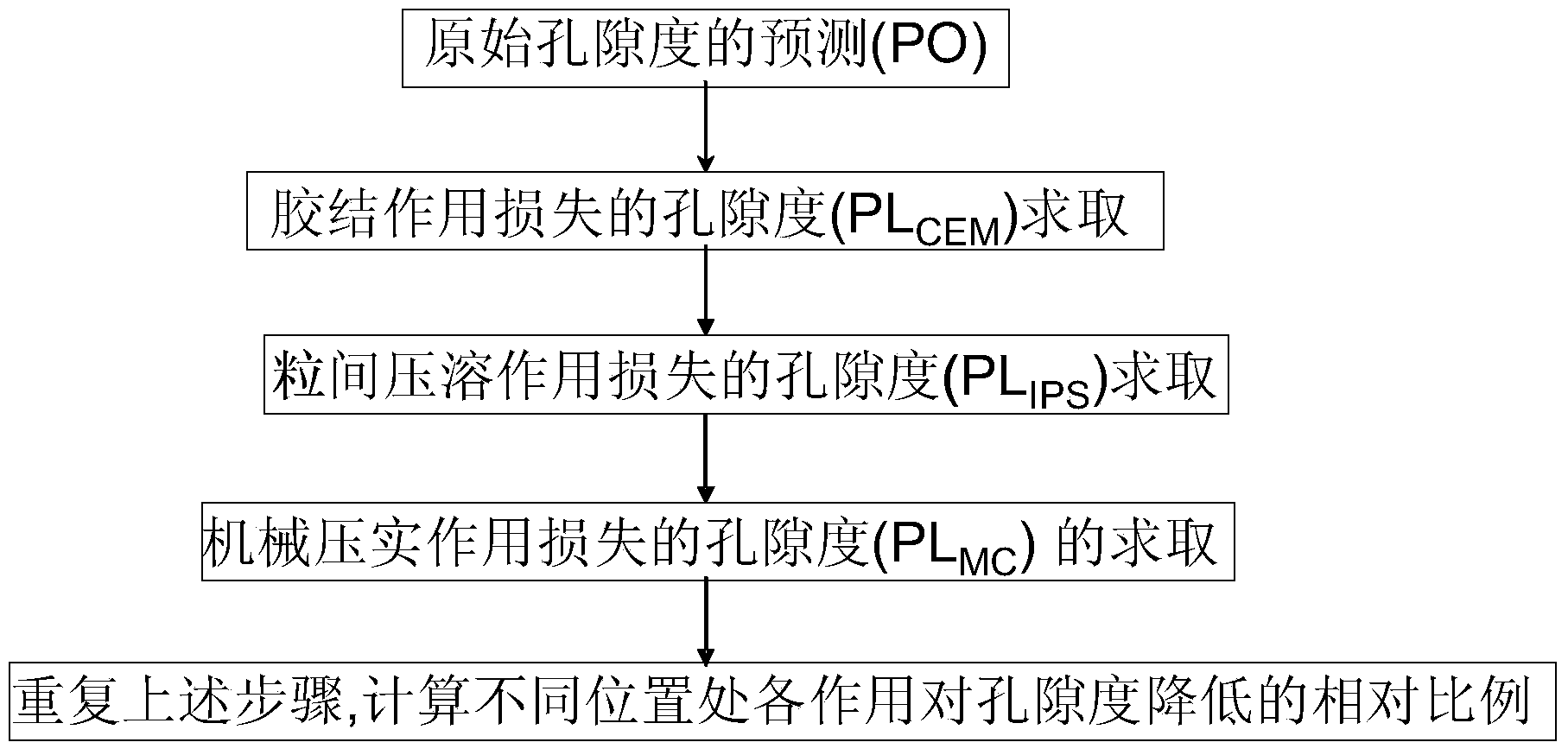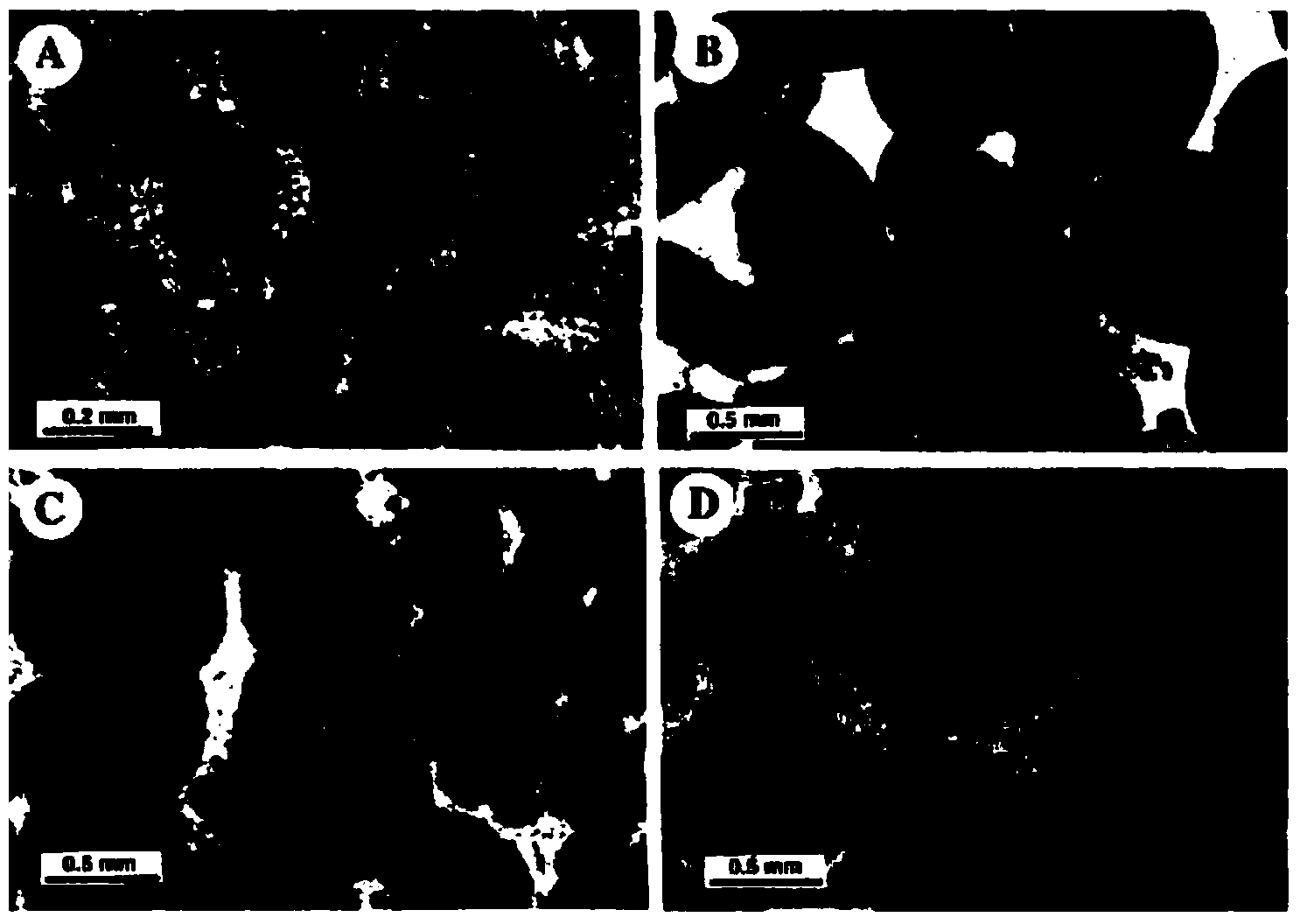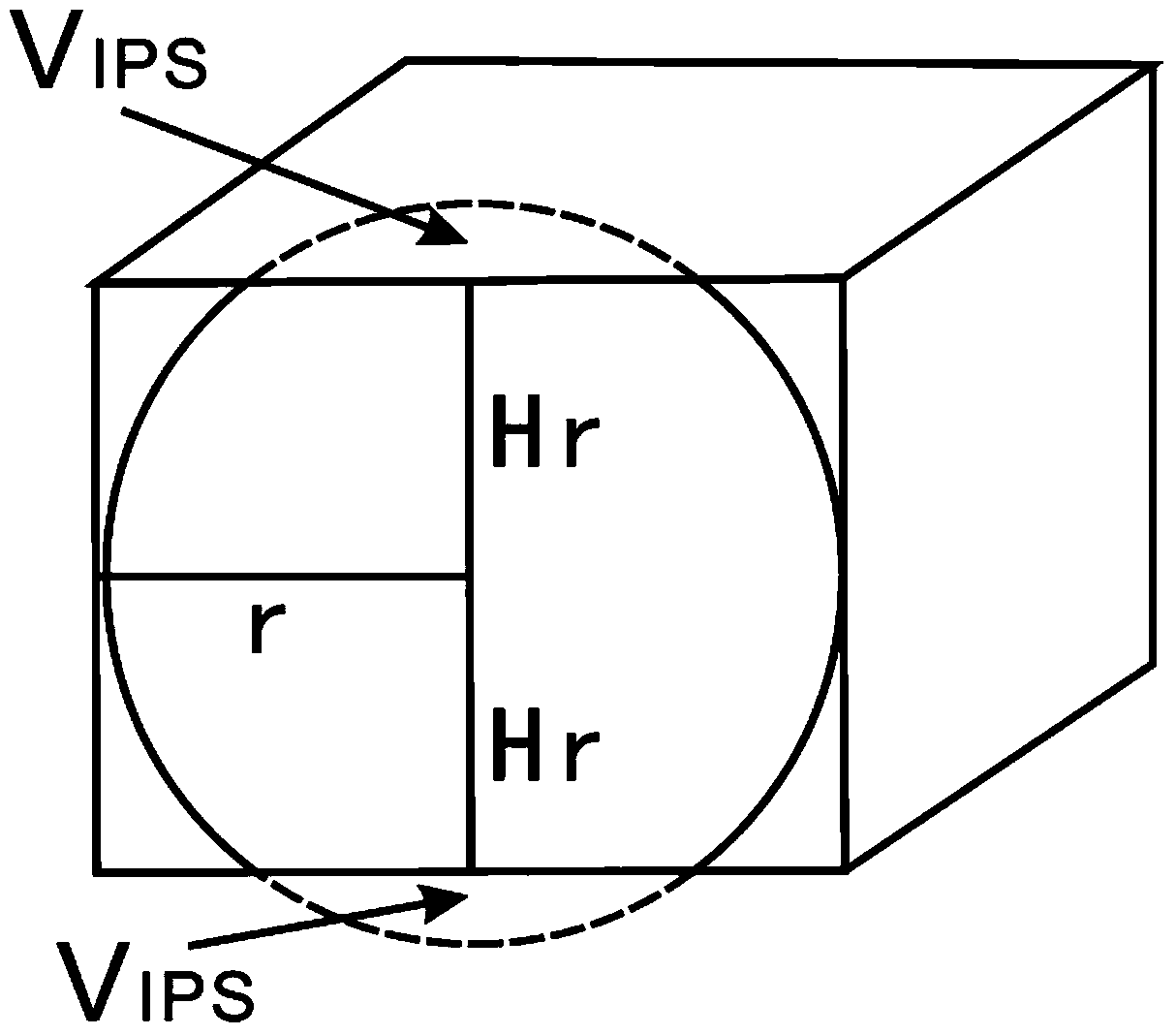Method for quantitatively expressing carbonate rock pore evolution contribution
A technique for quantitative characterization of carbonate rocks, applied in measurement devices, permeability/surface area analysis, suspension and porous material analysis, etc.
- Summary
- Abstract
- Description
- Claims
- Application Information
AI Technical Summary
Problems solved by technology
Method used
Image
Examples
Embodiment Construction
[0054] Below in conjunction with embodiment the present invention is further described in detail:
[0055] Limestone of Changxing Formation in Well P6 of Puguang Oilfield in Northeast Sichuan is an ideal area for quantitative research on mechanical compaction, intergranular pressure solution and cementation. (2) The Changxing Formation in this area lacks siliciclastic grains and clay minerals that affect compaction; (3) The formation experienced relatively simple porosity evolution, Fractures are not developed, and the porosity of Well P6 (5350.4m) is 2.3% ( figure 2 ).
[0056] Although some particles are microcrystalline, the outer layers of most particles exhibit radial concentric structures. For all particle types, the original structure is preserved. The spherical structure and the original calcite mineral composition minimize the influence of mineral composition and grain shape on the porosity evolution.
[0057] The specific implementation steps are:
[0058] Step...
PUM
 Login to View More
Login to View More Abstract
Description
Claims
Application Information
 Login to View More
Login to View More - R&D
- Intellectual Property
- Life Sciences
- Materials
- Tech Scout
- Unparalleled Data Quality
- Higher Quality Content
- 60% Fewer Hallucinations
Browse by: Latest US Patents, China's latest patents, Technical Efficacy Thesaurus, Application Domain, Technology Topic, Popular Technical Reports.
© 2025 PatSnap. All rights reserved.Legal|Privacy policy|Modern Slavery Act Transparency Statement|Sitemap|About US| Contact US: help@patsnap.com



